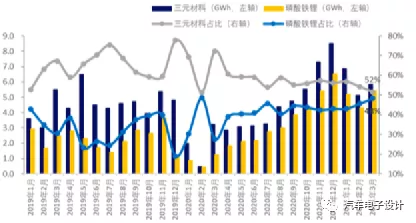The media has reported today that NIO plans to replace the current 70 kWh ternary VDA module battery pack with a lithium iron phosphate battery pack, increasing the capacity from 70 kWh to 75 kWh, with plans to release it in the fourth quarter of this year. Here are several interesting points to note:
1) It was originally believed that lithium iron phosphate would penetrate faster in grade A and A00 levels, but in reality, it may gradually penetrate into grade B (Model 3, Han EV). Although safety and cycle life are beneficial for operations, the decrease in battery costs on the 2C end has led to both XPeng and NIO switching to low-range lithium iron phosphate versions.
2) The combination of CTP and lithium iron phosphate is quite effective. In the original ternary system, there is not much difference in module size compared to CTP. However, in the case of lithium iron phosphate, because the number of cells in series can be configured more flexibly, the effect of introducing CTP is more significant.
3) According to the current trend, it is inevitable that demand for lithium iron phosphate will surpass ternary in the second half of this year.
Estimated Energy Density of Lithium Iron Phosphate Cells
Let’s start with Tesla’s lithium iron phosphate cells, which have a low height of 82 mm, custom-made to match Tesla’s previous module height. In other words, with dimensions of 280 * 82 * 63 mm, the energy density reaches 170 Wh/kg. For Nio, it does not require such short cells. According to the size specifications of the previous VDA module of 355 * 150 * 115, with a height of 115 mm, the original cells inside were 95 mm high.
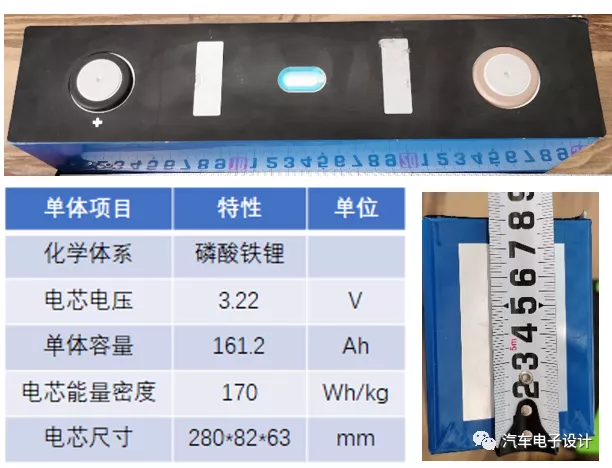
Therefore, it can be estimated that by upgrading the height to nearly 100 mm from the original 82 mm, the energy density of the cells can be increased to 180 Wh/kg or even higher. After integrating the original VDA modules into CTP, some of the space for the beams inside is freed up for the cells.
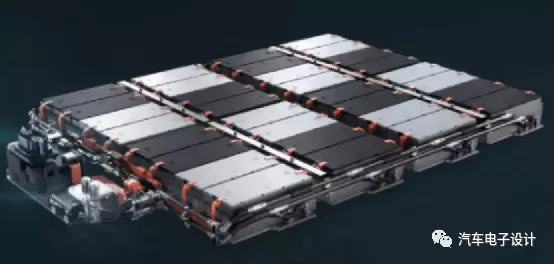
Subdivision data for March is not yet available, but based on the data already released, ternary accounted for 65% of passenger cars in February 2021, while lithium iron phosphate accounted for 34% (with the percentage for March expected to be higher). In February, lithium iron phosphate accounted for 95% of buses and 91% of special vehicles. After conquering the demand for a large number of passenger cars, ternary may be targeted towards high-end passenger cars.## Sharing A00 grade Lithium Iron Phosphate with Electric Bicycles
During the auto show, it is worth noting the penetration of Lithium Iron Phosphate in electric bicycles (this field has a small battery pack demand).
Harley-Davidson Electric Vehicle released three major models: A80 (Elf), A86 (Turing), and B80 (Magic Spirit), which will be launched in April, May, and June respectively. These vehicles will all be equipped with G58 large cylindrical cell batteries (20 Ah), which, together with three new automotive-grade Lithium Iron Phosphate batteries recently released by Xinri, 48v 20 Ah (0.5 kWh), 60v 20 Ah (1.2 kWh), 109v 92 Ah (10 kWh), will gradually raise the lower boundary.
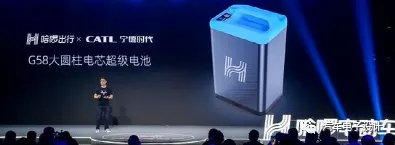
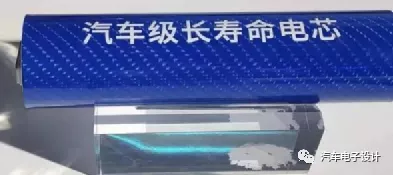
Conclusion
The rapid penetration of Lithium Iron Phosphate in power batteries and other fields, mainly driven by safety and low cost, and the rapid production expansion strategy will change the cognition of energy density in the past.
This article is a translation by ChatGPT of a Chinese report from 42HOW. If you have any questions about it, please email bd@42how.com.
